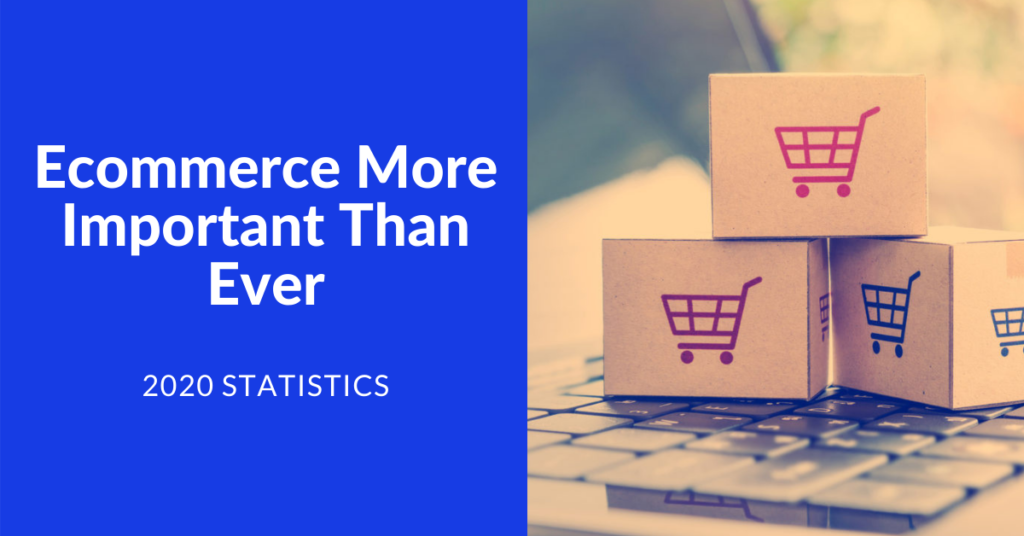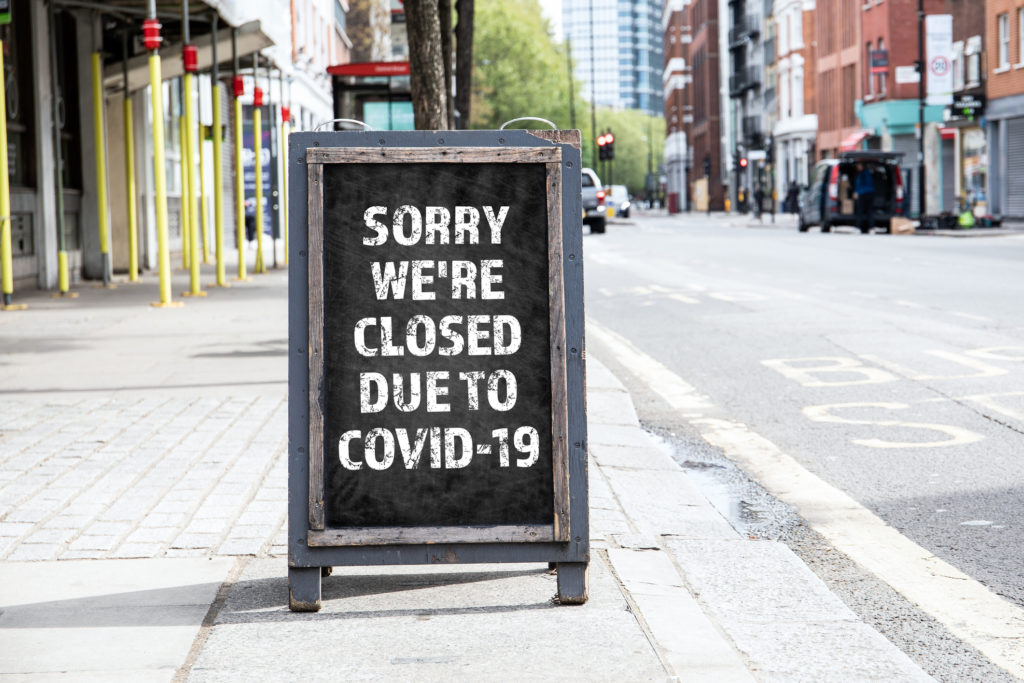The UK is the world’s third-largest e-commerce market, with nearly £200 billion in sales in 2019.
According to the Global Ecommerce Market Ranking 2019, the UK has the third-highest percentage of online shoppers, at almost 80%.
And it’s set to continue. Research by the analysts Retail Economics last year found that 53% of retail sales were expected to be online by 2028. In the wake of lockdown, this trend will only accelerate.
The widespread expansion of ecommerce is global, with the global e-commerce market currently at a growth rate of 6.7%. – Listrak reports a 40% increase in ecommerce revenue in the U.S since it declared a state of emergency.
Even as other industries have been impacted by a downturn in sales since the beginning of the COVID-19 pandemic, online retail continues to grow, especially in major e-commerce markets like the UK.

Emarketer forecast that UK consumers will spend £141.33 billion ($180.39 billion) online this year, up a massive 34.7% from 2019.
This significant increase will see ecommerce account for more than 30% of total retail sales in the UK for the first time. In 2019, that share stood at just 21.8%.
So clearly the COVID-19 crisis accelerated an expansion of e-commerce towards new business, customers and types of products. It has provided customers with access to a significant variety of products from the convenience and safety of their homes, and has enabled businesses to continue operation in spite of contact restrictions and other confinement measures.
Despite persistent cross-country differences, the COVID-19 crisis has enhanced dynamism in the e-commerce landscape across countries and has expanded the scope of e-commerce, including through new business, consumer segments (e.g. elderly) and products (e.g. groceries).
Meanwhile, e-commerce transactions in many countries have partly shifted from luxury goods and services towards everyday necessities, relevant to a large number of individuals.
Some of these changes in the e-commerce landscape will likely be of a long-term nature, in light of the possibility of new waves of the epidemic, the convenience of the new purchasing habits, learning costs and the incentive for companies to capitalise on investments in new sales channels.
Despite the efforts of some governments to foster e-commerce during the COVID-19 crisis, persistent digital divides imply that not everyone has been able to participate. Moreover, regulations that are not adapted to e-commerce can create barriers to businesses, such as in the case of emerging omni-channel sales models or new modes of delivery.
While many of these challenges existed before COVID-19, the current crisis and the new role of e-commerce for individuals and businesses has heightened the need for policy action.
Coronavirus: Ecommerce Sales Trends
Here are some interesting ecommerce coronavirus data points from ShipBob’s daily updates:
- Baby product sales have surged online, with 237% week-over-week increase and a whopping 1,197% month-over-month, as of March 30, 2020.
- Food and beverage ecommerce is up almost 26% MoM and 20% WoW.
- With somewhat mixed results, toys and games are down 54% MoM, but up 93% WoW.
- Apparel, jewellery, and electronics are all down.
In an interview with Retail Dive, Doug Stephens said that luxury brands who hadn’t yet fully embraced ecommerce would be one of the biggest-hit sectors, and that fear of viral contagion could also have a negative impact on the resale market.
Failing to adapt can have massive consequences, Primark lost £650m by avoiding ecommerce.
Primark is the UK’s biggest fashion retailer, but by failing to adapt to changing consumer behaviour – and, of course, being forced to close retail stores due to the COVID-19 crisis – Primark went from £650 million in sales in March to £0 in April.
They previously suggested the ecommerce model did not work for them, as the cost of delivery and logistics would have cut into their already-tight profit margins, but many expect a change of heart post-pandemic.
Brands who pushed marketing report “unprecedented” growth
The economic uncertainty surrounding the coronavirus pandemic has undoubtedly changed the way marketers think about their budgets; some stopped marketing altogether, others cut their budget, and others upped their budget to maximise brand exposure during the crisis.
A Digital Commerce 360 report found that ecommerce brands who cut their marketing spend saw sales drop by 40%, those who maintained their spend saw sales increase by 7%, and those who “aggressively pushed” their marketing saw ecommerce sales increase by 70%.
59% will spend more online post-crisis. According to ChannelAdvisor and Dynata, ecommerce will become the “new norm” in a post-pandemic world, with 59% of 25-36-year-olds saying their increased online shopping will continue once the world returns to a more normal state of affairs. 42% of 36-45-year-olds and 31% of 56-65-year-olds said they’d also increase their ecommerce spend in the future.
On the other hand, just 6% said that they’d make more of an effort to shop in-store to support small businesses, suggesting that coronavirus will accelerate ecommerce and have a lasting impact on our buying habits – and, overall, it’s not good news for physical retailers.
An accelerated digital shift is clearly underway, and though this shift won’t be sufficient to maintain 2020’s bumper levels of ecommerce sales, the post-pandemic retail landscape in the UK will be more weighted toward digital than ever before.
This is a curated article, sources:
Sendcloud
Zudu
BigCommerce
The Guardian
OECD
Emarketer



